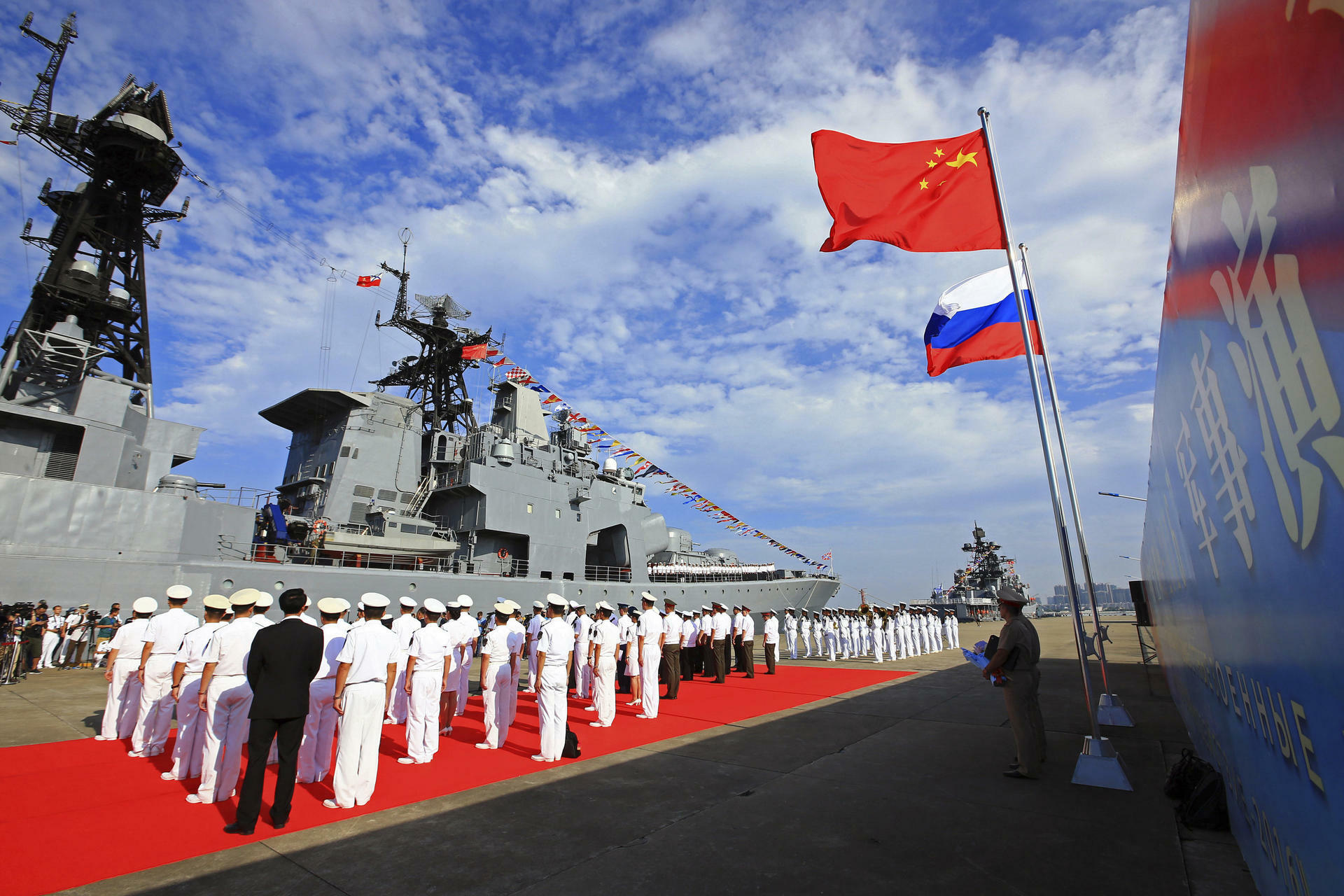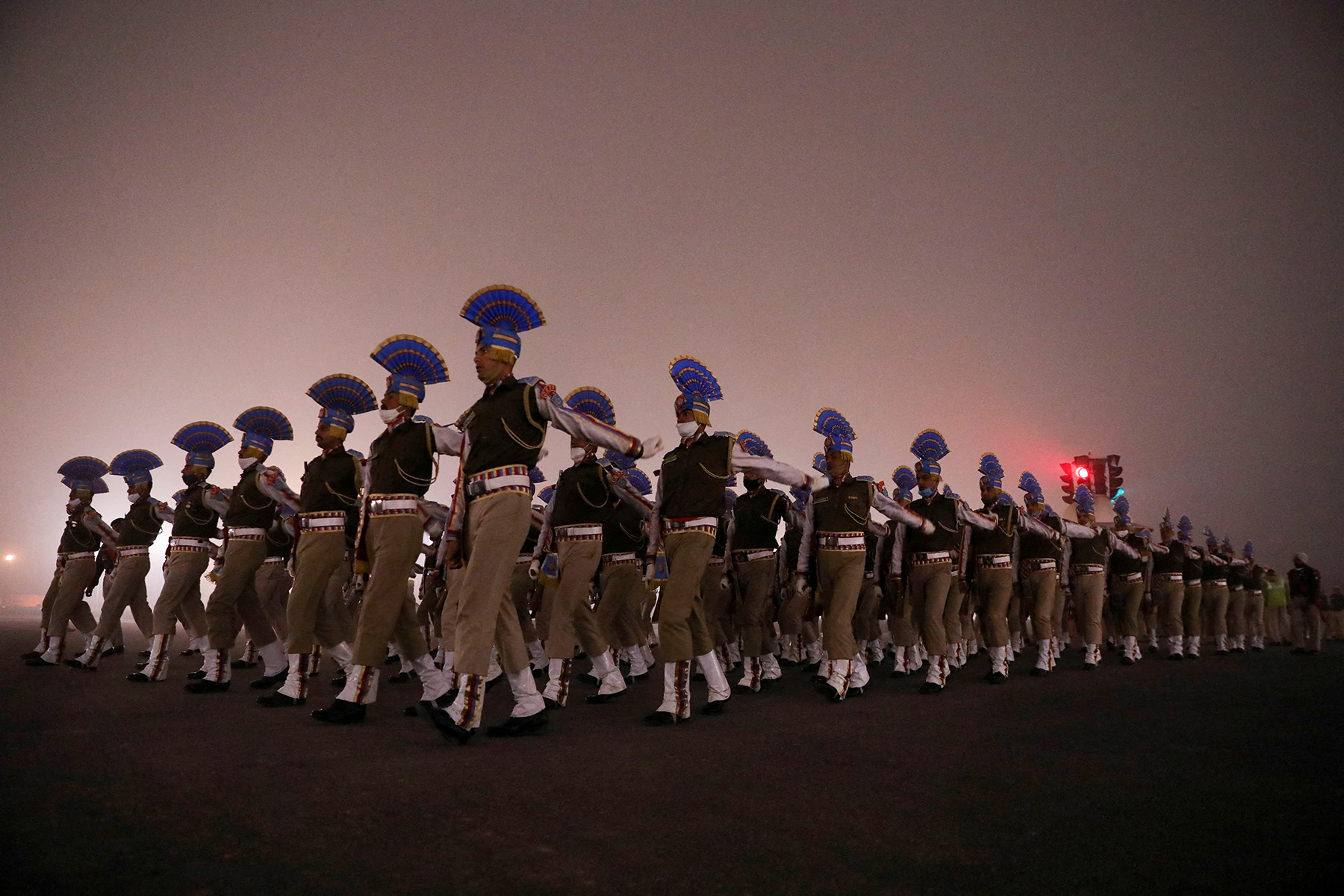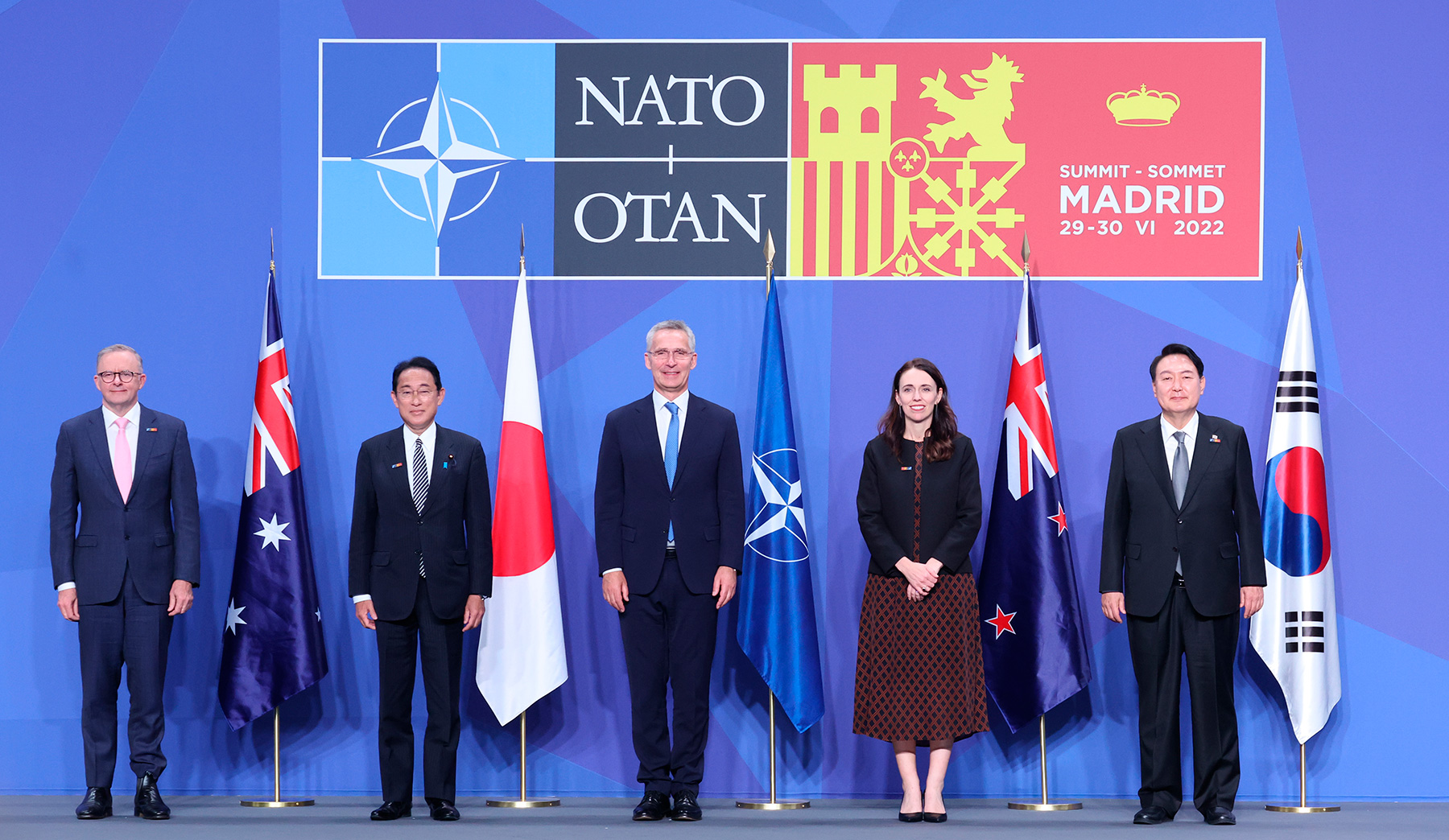Today, Beijing is Dhaka’s virtually only partner of in developing socially and economically critical infrastructure, although the country’s government is trying to diversify the geography of its partners in every possible way. China also accounts for about 40% of all imported products and at least 25% of the country’s stock market. Both major parties in Bangladesh are unanimously in favor of a bilateral partnership with China. However, local politicians are divided over the neighboring India.
Nevertheless, it is premature to talk about Bangladesh’s unequivocal entry into the orbit of Chinese influence as Dhaka cannot yet afford to choose an only strategic partner. However, it seems that the “sonar Bangla” (golden Bangladesh) dream can only be realized in case of internal political stability.
Given Bangladesh’s important strategic role, we can expect increased attention to the country from the U.S. and its allies, including, as part of this initiative, with a view to build a “free and open Indo-Pacific region”. The West will logically take advantage of Dhaka’s desire to reduce its debt burden and diversify its sources of income.
It is difficult to expect the West, which emphasizes liberal values irrespective of cultural specificities and historical experience, to abstain from interference in the nation’s internal affairs if the government in Dhaka pursues an excessively independent course. It is also worth noting that Dhaka has refrained from condemning Russia and is pinning its hopes on the bilateral ties with Moscow in the field of military-technical cooperation, energy and agriculture. In this regard, the attention of Washington and allies to Bangladesh in the near future seems assured.
Bangladesh has been boasting the highest economic growth rates among the countries of South Asia over the past 10 years. The nation’s GDP per capita has reached USD 2,500, a number that surpasses those of the neighboring India and Pakistan. Dhaka is keen on fostering relations with Beijing, New Delhi and Washington concurrently. However, amidst the ongoing tectonic shifts in the global political system and economy, excessive diversification of relations is likely to harm their efficiency.
Ports open for all
The internal political crises in Pakistan and Myanmar have somewhat halted China’s joint initiatives with these nations, including the improvement of transport infrastructure—motorways, railroads, and seaports in the strategically important Bay of Bengal. Because of its geographic location, large population and impressive economic indicators, Bangladesh has attracted Beijing’s attention as a promising destination for the Belt and Road Initiative. In October 2016, Chinese President Xi Jinping visited the country, effectively signaling Chinese businesses and state corporations to launch full-scale operations there. In July 2019, Bangladesh Prime Minister Sheikh Hasina visited Beijing and reiterated her intention to deepen the partnership in trade, investment, defense and infrastructure.
As of 2022, more than 500 Chinese companies were active in Bangladesh building roads, bridges, tunnels, power plants, and modernizing seaports. As reported by Chinese Ambassador to Bangladesh Li Jiming, the amount of Chinese investment in the country’s economy in 2021 tripled as compared to 2020, reaching USD 1.26 billion. This became possible largely due to a significant improvement in the investment climate and the ubiquitous introduction of public-private partnerships. In total, the list of investment projects has more than 60 positions, and the total amount of possible investments exceeds USD 40 billion.
The Padma Bridge Rail Link Project with an eponymous multi-purpose bridge, connecting the southwest with the northern and eastern regions, can be seen as the flagship project. In the future, the plan calls for establishing regular high-speed traffic between Dhaka and Kolkata, India. Increasing the connectivity of the different areas will allow a fuller use of the economic potential and improve living standards of the population in the areas lying far away from the capital. The bridge itself (more than 6 km in length, installed on 42 underwater pylons for rail and road traffic, its cost reaching USD 3.6 billion) is currently the most sophisticated engineering structure in the country. The inaugural event was held in June 2022.
Another priority is the implementation of high-speed Internet networks throughout Bangladesh in accordance with the government’s Digital Bangladesh concept, with the help of China International Railway Group (CRIG) and Huawei.
An important area of international cooperation is the Payra Port project in the south. However, the fate of the project has not yet been finalized. The cost of construction, according to the original plan, ranged from USD 11 and USD 15 billion, which prompted the government to announce a waiver of deepwater port status in 2021, to speed up the commissioning of the facility and to reduce the costs. The modified version retains the bridge over the river, the road and access railroads, along with a 75-kilometer-long canal. Nevertheless, the construction of residential neighborhoods, a recreational area, social infrastructure, an airport, a container terminal and a liquefied natural gas storage facility has been cancelled for the time being. The laying of a railroad from Payra to Dhaka is possible only by 2030. According to the adjustment, ships with a draft of up to 18 m are to be received in the port of Matarbari, with the construction currently carried out at the expense of Japanese investors, and then the cargo will be delivered by lighters to the ports of Payra, Mongla and Chittagong. However, there are no guarantees of this initiative’s implementation either.
So far, until the situation becomes clearer, Chinese businesses have mostly preferred to move much of cargo turnover to Chittagong. There is speculation that the Sheikh Hasina government has decided to take this step to reduce China’s influence and to reassure its Indian partners.
Nevertheless, it is too early to discount the Greater Payra project: Dhaka is exploring the possibility of a port-based economic development zone that would house clothing, footwear and pharmaceutical plants, cement and oil refineries, a coal-fired thermal power plant, fish processing and fertilizer production facilities, as well as ship repair facilities. In this form, Payra could have a significant positive influence on the national socio-economic development—but again it all rests on the source of funding.
Diverse plans
During his visit to Bangladesh in August 2022, then-Chinese Foreign Minister Wang Yi met the country’s leadership to discuss the issues of trade and economic cooperation development, support for infrastructure building, as well as the repatriation of Rohingya refugees. The head of Chinese diplomacy called Dhaka a “strategic development partner” and pledged to support the country’s interests in various international venues. As a measure of assistance, it was agreed that 98% of Bangladeshi goods and services offered on the Chinese market should be brought under the duty-free arrangement. The two sides have signed cooperation agreements and memoranda of understanding in cultural and humanitarian exchange domains, infrastructure construction, as well as the response to natural and man-caused disasters.
According to the Foreign Ministry of Bangladesh, China will provide maximum assistance to resolve the crisis caused by the mass influx of Rohingya refugees. Since the early 2021 alone, some 700,000 people have migrated from the border areas of Myanmar to Bangladesh after the military took over in Myanmar early in 2021. Quite possibly, Beijing expects to reach agreements with Nay Pyi Taw on security guarantees for some of the refugees who are not associated with insurgents and terrorists, and their subsequent accommodation in Myanmar areas, specifically designated by the military authorities.
It is noteworthy that amid the deepening crisis in the Taiwan Strait, the Bangladeshi authorities affirmed their commitment to the “one China” principle. Taiwan’s representative office in Dhaka had been closed even earlier, in 2008. This was the main condition for expanding the partnership with China.
China accounted for three-quarters of Bangladesh’s overseas arms purchases between 2010 and 2021. The deals are close to USD 3 billion (USD 1 billion with Russia); this includes the agreement to buy two submarines, frigates, anti-ship and anti-aircraft missiles, and fighter jets. All of the combat systems are obsolete, but Bangladeshi personnel are not yet qualified to operate even this equipment. As a result, the cost of training, skill-raising programs, maintenance and repair exceeds the cost of acquisition, but any other equipment imported is even more complicated and expensive. The U.S. proposal to supply Apache helicopters and various classes of guided missile weapons to Bangladesh is hardly feasible in the foreseeable future.
Who has been ensnared?
Beijing’s initiatives to develop cooperation with Dhaka have caused concern in some countries, primarily in India, where the possibility of a Chinese naval base at one of the ports is now contemplated. However, PRC officials assure that Bangladesh will not become a “jewel in the necklace” of possible military bases abroad, and there are currently no plans to build a defense facility or station PLA units. The Japanese newspaper Nikkei has also reported on the imminent establishment of a missile maintenance facility in the country to maintain and upgrade the missiles previously purchased from China. However, this can hardly be seen as a significant military facility or a sign of expansion.
The next popular criticism of Bangladesh-China cooperation is the potential “debt trap” and the loss of sovereignty to a certain extent. Indeed, the underdeveloped infrastructure, including transport and energy infrastructure, is a significant constraint to the economic growth of Bangladesh. The country is currently experiencing difficulties due to a significant rise in fuel prices and a dramatic reduction in electricity generation. Foreign exchange reserves were depleted by 11% in 2022. The main budget revenues are associated with the export of textiles, clothing, footwear and other light industry products, but in the current context of general austerity the consumption of such goods has decreased significantly across the world; there is also instability of logistics routes.
The size of Dhaka’s international debt has already exceeded USD 62 billion. According to Finance Minister Mustafa Kamal of Bangladesh, the government should account for the experience of Sri Lanka and Pakistan and think about additional loans. To restructure the liabilities and put the economy of Bangladesh back on a sound footing, USD 4.5 billion will supposedly be borrowed from the International Monetary Fund, the World Bank, the Asian Development Bank and the Japan International Cooperation Agency. It is important that Japan is the main holder of Bangladesh’s foreign debt that exceeds USD 10 billion (2.5% of its GDP). Obligations to Chinese creditors alone amount to USD 4 billion, or 1% of GDP, which is obviously not enough for the “debt snare”. The Bangladesh Ministry of Finance even had to clarify the Financial Times report on the alleged catastrophic increase in the size of its debt to China. The Ministry noted that any foreign project undergoes a thorough expert evaluation of its feasibility, usefulness for the country, and acceptability of financial terms, so unequal cooperation is simply not possible.
Interestingly enough, back in 2015-2016, a quarter of all foreign direct investment in Bangladesh came from the United States, and another 15% was provided by the United Kingdom. Western aid and subsidies decreased significantly due to the development of Sino-Bangladeshi ties under the Belt and Road Initiative and the aggravation of the Rohingya crisis. Nevertheless, some 14.5% of the country’s exports are still sent to the U.S. (as well as to Germany).
In April 2022, Foreign Minister Abdul Momen visited Washington, D.C., where he met with Secretary of State A. Blinken. The focus was on supporting democracy and civil society in Bangladesh. In January 2023, the Royal Navy’s patrol ship Tamar visited Chattogram Naval Station as a sign of friendship and maritime security cooperation in the Bay of Bengal.
Given Bangladesh’s important strategic role, we can expect increased attention to the country from the U.S. and its allies, including, as part of this initiative, with a view to build a “free and open Indo-Pacific region”. The West will logically take advantage of Dhaka’s desire to reduce its debt burden and diversify its sources of income.
***
Today, Beijing is Dhaka’s virtually only partner of in developing socially and economically critical infrastructure, although the country’s government is trying to diversify the geography of its partners in every possible way. China also accounts for about 40% of all imported products and at least 25% of the country’s stock market. Both major parties in Bangladesh are unanimously in favor of a bilateral partnership with China. However, local politicians are divided over the neighboring India.
Nevertheless, it is premature to talk about Bangladesh’s unequivocal entry into the orbit of Chinese influence as Dhaka cannot yet afford to choose an only strategic partner. However, it seems that the “sonar Bangla” (golden Bangladesh) dream can only be realized in case of internal political stability. It is difficult to expect the West, which emphasizes liberal values irrespective of cultural specificities and historical experience, to abstain from interference in the nation’s internal affairs if the government in Dhaka pursues an excessively independent course. It is also worth noting that Dhaka has refrained from condemning Russia and is pinning its hopes on the bilateral ties with Moscow in the field of military-technical cooperation, energy and agriculture. In this regard, the attention of Washington and allies to Bangladesh in the near future seems assured.







